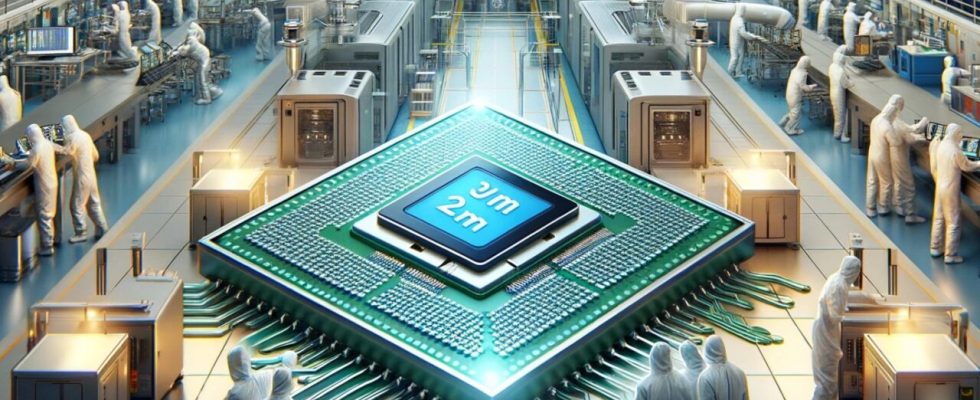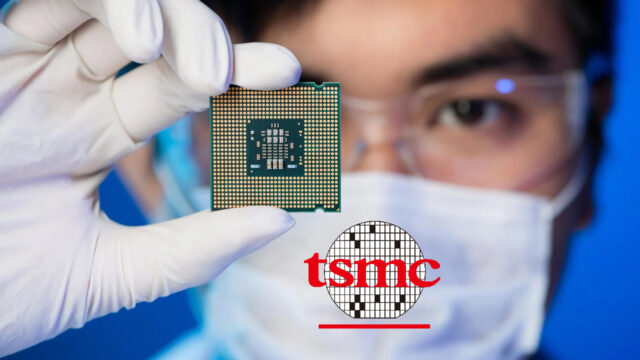TSMC shared its developments and plans regarding 2nm technology at the 2024 North American Technology Symposium. While the company introduced NanoFlex technology, a new technology in 2nm generations, the previously announced 2nd generation 2nm class N2P reverse surface power transmission network He announced that it would not include it. Here are the details…
TSMC’s NanoFlex technology and the changing features of N2P
TSMC’s new N2 manufacturing technology promises a 10 percent to 15 percent performance increase and 25 percent to 30 percent lower power consumption over the current N3E manufacturing process. Additionally, the transition to the N2 generation is expected to increase chip density by approximately 1.15 times. The company’s N2 family includes at least three generations, including the basic N2, as well as the performance-focused N2P and high-performance N2X.
TSMC’s NanoFlex technology offers chip designers the ability to mix and match high performance, low power consumption and high density standard cells in the same block. This technology gives chip designers the chance to optimize performance and power consumption by providing greater flexibility. However, N2P is not a reverse-surface power transmission network, leaving this advanced power transmission to future generations.
Another significant improvement in the N2 generation is the integration of a super high-performance metal-insulator-metal (SHPMIM) capacitor. This new capacitor reduces resistances by 50 percent over the previous super high-density metal-insulator-metal (SHDMIM) capacitor while doubling the capacitance density. This optimizes performance and power consumption by increasing stability in power delivery.
TSMC’s 2nm generations promise major advances in chip manufacturing and significant impacts in areas such as artificial intelligence. These changes could help set new technological standards in the chip industry. We welcome your opinions in the comments section below.

